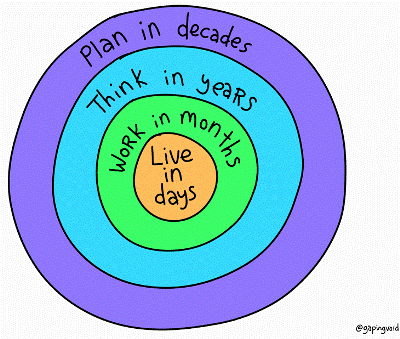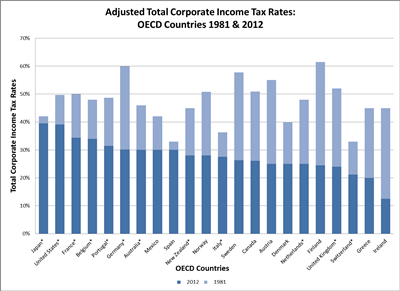How come that we fear so much having opportunities and going after them? How come that we fear so much freedom and dream of coming back to a well-organized life with little surprises?
 A personal story: a few weeks ago one of my main clients terminated my consulting contract for some economic reasons that were not related to my mission. Suddenly half my occupation was gone… From a comfortable situation keeping busy more than full-time, I got propelled in uncertainty and the need to increase marketing and networking to find some new work. This situation was actually not an issue on the short term (enough reserves having been built over time), it was actually a great wake-up call to go out and do new, interesting things and meet new, great people. It was the opportunity to take time to create more great content. Still I was afraid.
A personal story: a few weeks ago one of my main clients terminated my consulting contract for some economic reasons that were not related to my mission. Suddenly half my occupation was gone… From a comfortable situation keeping busy more than full-time, I got propelled in uncertainty and the need to increase marketing and networking to find some new work. This situation was actually not an issue on the short term (enough reserves having been built over time), it was actually a great wake-up call to go out and do new, interesting things and meet new, great people. It was the opportunity to take time to create more great content. Still I was afraid.
I was afraid because of the uncertainty, because I could not anticipate where and when I would be in the next weeks and months. I got afraid when there was no problem in the medium term and only positives that could emerge from the situation.
And suddenly as I became open to new things, new opportunities started pouring in. Some more serious or more ripe than others, but from a trickle it soon became a stream of opportunities. Interesting possibilities that I had overseen by being busy became visible.
Still inside I remained somewhat fearful. It is difficult not to be afraid in the face of uncertainty. It is important to be able to overcome the ineluctable fear moments.
Don’t fear freedom. Breathe. Calm down. Freedom is the possibility to change and get closer to what we want to be.
This post was inspired by the post ‘the Fear of Freedom‘ by one of my favorite bloggers Seth Godin, which got published just at the right moment for me in my small inner questioning!













